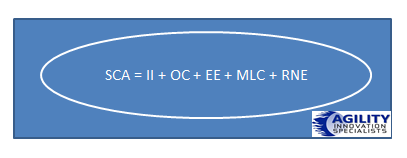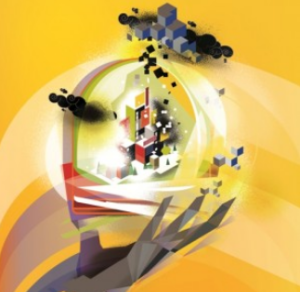 I’ve strongly believed when you begin to think through a framework for innovation, see my last article as an example, you also should equally need to recognize the capability framework that you will need to build into this.
I’ve strongly believed when you begin to think through a framework for innovation, see my last article as an example, you also should equally need to recognize the capability framework that you will need to build into this.
Working through these as essential combinations can become the real enabler.
Here is my solution that I think is worth working through, to firstly absorb and then consider for applying to your own innovation building activity. Try it!
I have worked on a formula SCA = II + OC + EE + MLC + RNE for this. I have never published the make-up of this in the public domain before, although I had briefly outlined it in a past post here.
In that post I outlined my thinking and I do not think it needs repeating, does it? So onward…….
